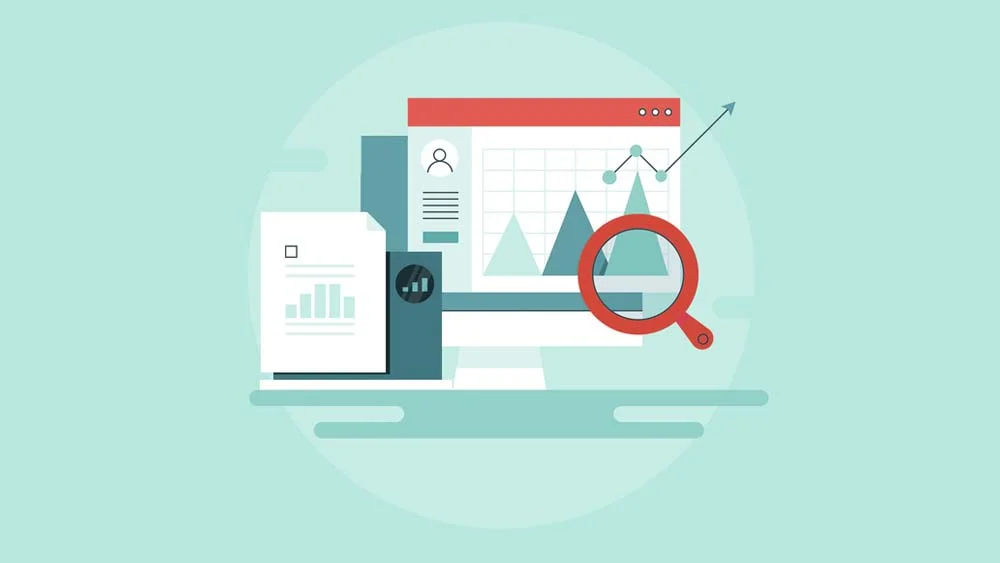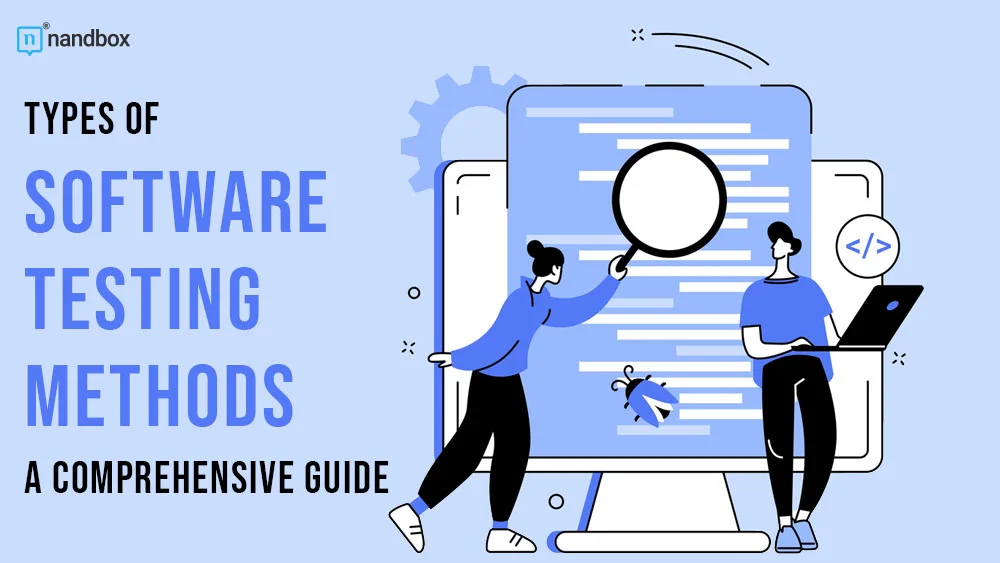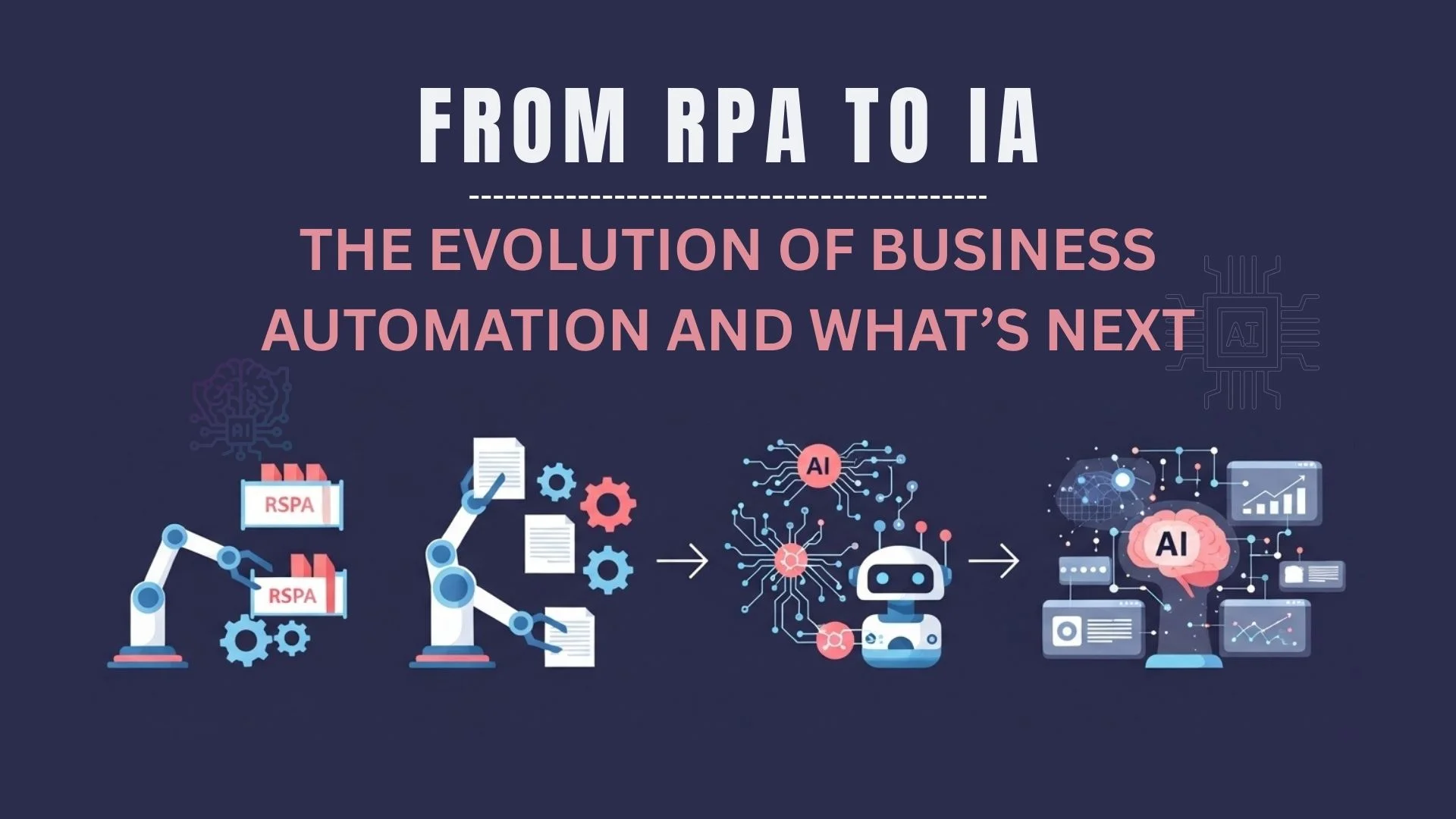Maintaining high standards of quality and dependability in the ever-changing field of software and app development is crucial. When it comes to determining whether or not a piece of software meets certain criteria. Such as those on performance, functionality, or compliance with standards, software, and types of software testing methods are essential. This article will provide a thorough introduction to software testing methodologies, explaining why they are so important in the modern technological world. Whether you’re an experienced developer or just starting, the insights and knowledge you gain from this article can help you make better decisions and streamline your app testing process. Come with us on this journey to learn the key concepts, methods, and strategies that drive a successful app testing process.
An Overview of the Software Development Lifecycle (SDLC)
The software development lifecycle is usually the core of any development process, as it provides a sequence that developers can follow seamlessly. The software development lifecycle, or SLDC, emphasizes the role of testing significantly. So, to see how significant this role is, let us briefly overview the whole process.
This lifecycle consists of seven subsequent stages; one must follow the other to achieve the desired and efficient application or price of software.
Analysis

The lifecycle starts with analysis, where developers go through a long and extensive process of collecting and analyzing data. This information includes both primary data gathered from surveys and focus groups as well as secondary data gathered by other businesses.
Planning
The second stage in the SDLC is planning, which is pretty much self-explanatory. Developers start working with what they get from data and analysis to start planning the whole application or software in terms of layout, features, functionalities, and so on.
Design
The third stage is design. As developers now have a well-organized plan, they can start with designing the whole app. During this stage of the SDLC process, developers create a comprehensive plan for the product. Design, architecture, coding, features, security, and UI are the first things addressed.
Development
Moving next to the fourth stage, which is development and coding, this is probably the longest stage of the entire process, as it requires much effort and time to be done. Developers start putting together all the elements they settled on in the design phase and start implementing them in real life.
Testing
Now we arrive at the phase about which this article revolves. Testing is the phase where developers can confirm the effectiveness of all the effort exerted in the last four phases. Through testing, developers make sure that all elements are placed in the right places and work as they should.
Deployment
The sixth phase is the deployment, which comes after making sure the testing went smoothly, and now the development team can take the step of releasing the app. And finally, the seventh phase is maintenance, which is the never-ending phase that continues as long as the app stands.
What Is Testing, and How Does It Matter for Software and App Development?
App and software testing is the process of validating all the elements and aspects of a mobile application or piece of software. This includes features, layout, designs, icons, buttons, and pretty much anything that happens to be included in the application.
As we previously mentioned in the overview of SDLC, testing proves the effectiveness of all previous stages. Without extensive testing, an app can pretty much fall apart. This is exactly why testing is one of the main reasons why apps fail.
For professionals pursuing remote QA engineer jobs, understanding testing as a phase within a phase is crucial. Testing has a separate cycle called the software testing lifecycle (STLC). Modern software testing tools support various phases of STLC, enhancing efficiency. It consists of six phases: requirement analysis, test planning, test case development, test environment setup, test execution, and test closure.
What Are Software Testing Methodologies?
As you can see, testing is not a process that any developer can overlook or skip. However, it is a long process that needs much effort, so there has to be some solution that can make it easier. As development had a solution, which was app development methodologies, testing had the same.
Software testing methodologies are systematic and structured approaches used to ensure the quality, reliability, and performance of software applications. These methodologies provide a framework for testing software to identify and address defects, errors, and vulnerabilities. They encompass a set of practices, principles, and techniques that guide the testing process throughout the software development life cycle. The primary goal of software testing methodologies is to verify that the software functions as intended and meets the specified requirements, all while reducing the risk of critical issues and ensuring a positive user experience.
Importance of Software Testing Methodologies
Software testing methodologies are crucial in the software development process for several reasons. They provide a systematic and structured approach to verifying that software meets its intended requirements and functions correctly. Here are some of the key reasons why software testing methodologies are important:
Quality Assurance
Methodologies for testing apps and software make sure they work perfectly and are of the highest quality possible. This is crucial to avoid costly post-release difficulties and live up to customer expectations.
Error Detection
App testing methodologies are useful for finding and fixing technical problems and errors before users are affected. This allows them to be addressed before they become a major setback to the development process, saving time and money.
Improved Reliability
Testing the app extensively can improve its stability and efficiency. This is of the utmost importance in situations where a system failure could have catastrophic results, such as in the case of healthcare apps or autonomous vehicles.
Customer Satisfaction
Users are more likely to be satisfied with an app if it is of high quality and performs as promised. The user experience can be improved by employing testing methodologies to guarantee that the final product has all the desired features and functions.
Cost Reduction
It’s much more cost-effective to find and fix bugs at the beginning of development than it is to do so later on or after the app has been released. It is possible to cut down on time and money spent on a project by using a suitable testing methodology.
Scalability
Different apps require different testing procedures, and these can be adjusted based on the app’s needs. By following a clear methodology, we can accommodate the scope of any testing project, whether it’s for a simple mobile app or a complex enterprise system.
Compliance
Compliance with established norms and guidelines is often essential for success in certain fields. The risk of legal or monetary penalties can be minimized by using testing methodologies to verify that the software meets these requirements.
Continuous Improvement
App and software testing methodologies contribute to an atmosphere of ongoing growth. Teams can better refine the software development process by analyzing feedback and test results to pinpoint improvement areas. Continuous Improvement in app and software testing leverages iterative feedback loops to fine-tune processes, ultimately enhancing product quality and team efficiency.” adds Bartosz Wrobel, CEO of Gorrion.
Documentation
Testing methodologies usually demand comprehensive records of all tests run and their outcomes. You can learn a lot about the app’s development and progress by reading this documentation.
Exploring Popular Software Testing Methodologies
Waterfall Testing Model
The waterfall testing model is probably one of the most used types of software testing methods in the world. This model consists of a sequence of phases. Just like a waterfall, a stage only starts when the previous one is completed, since they all depend greatly on each other.
The phases of the waterfall model are requirements, design, implementation, verification, and maintenance. As simple as that. Given the simplicity of this model, it is widely used because it is easy to learn and follow. However, it might not be suitable for complex software or applications due to its small number of processes that wouldn’t be able to tackle all the elements of complex or big software or applications.
Agile Testing Model
The second one on the list of types of software testing methods is the agile testing methodology. Since it makes a mega appearance in the app development methodologies, why can’t it also do the same in the testing methodologies? Well, luckily, it did and had the same significance as one of the best testing methodologies that millions of developers use. Just like the app development methodology, agile testing also breaks projects into small parts to make it easier for testing. Additionally, the model focuses on user-developer interactions, as it involves gathering feedback at each stage. Unlike waterfalls, the testing happens at the end of each stage and is not limited to the completion of the previous one. Agile emphasizes continuous improvement and adapting to change instantly, rather than any aspect of the testing process.
Verification and Validation Testing Model
Lastly on the list of types of software testing methods comes the verification and validation testing model, AKA the V-model. As the waterfall methodology follows a waterfall shape, where each process fills the one after, the V-model follows a V-shaped process of continuous testing. As much as it may appear to be different from the waterfall, it is an extension of it. In this model, testing takes place in every development phase to ensure its effectiveness, instead of testing the overall application at the end of the development process. The V model consists of three stages: verification, coding, and validation.
What makes this model special is that it is simple and easy to use, as well as cost-effective. The V model is also suitable for projects of all sizes and is not limited to small ones.
En Fin
Testing is the only way a developer can know whether or not he succeeds and what the results of his ongoing efforts in the development process will be. Many apps failed miserably due to inconsistency and a lack of testing. Overlooking the use of suitable types of software testing methods can also be a reason. That is because, as much as a methodology can be effective, it can be damaging. As we mentioned before, not all methodologies are meant for all projects. For instance, the waterfall is more suitable for small projects as it can’t handle the processes of complex projects and the many layers it has. On the other hand, the V-model is ideal and more cost- and time-effective for complex projects and can cover all its aspects. In the end, it is the requirements, features, and capabilities that make you decide which testing methodology is better for you.





